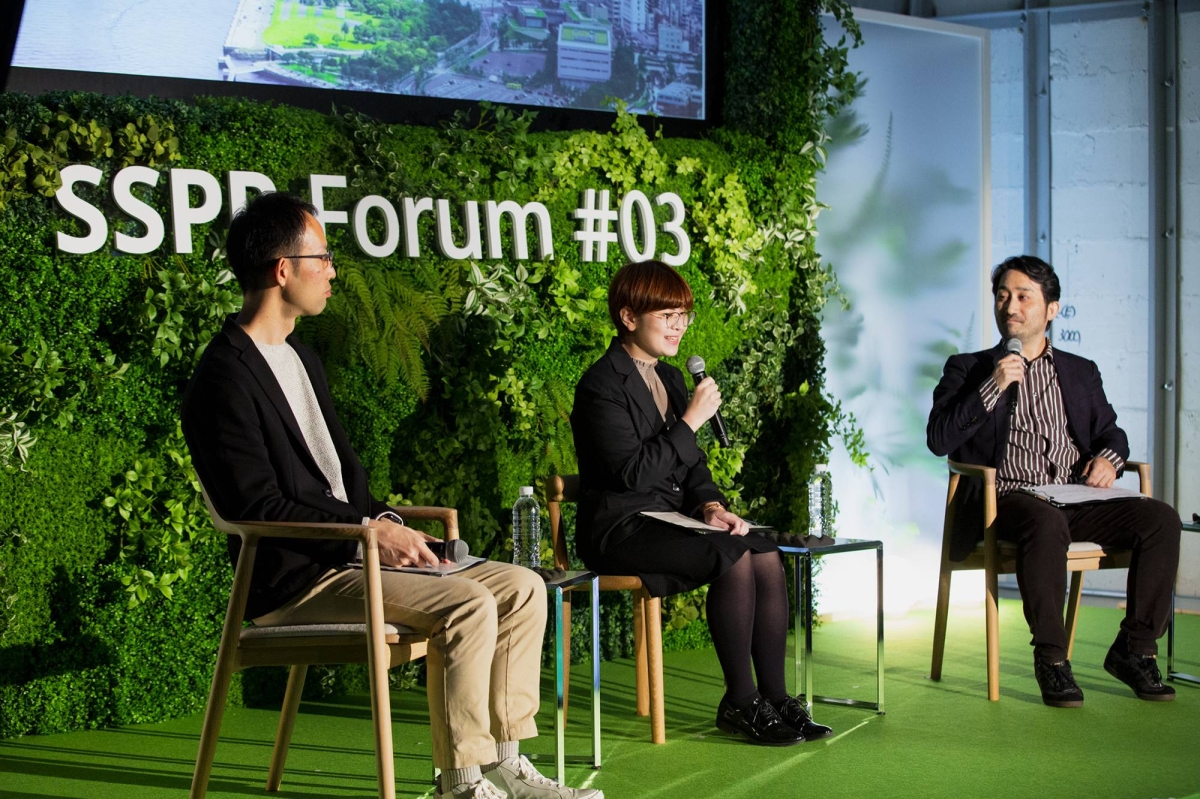NTT’s Sustainable Smart City Partner Program (SSPP) supports the development of communities of the future that maximize residents’ well-being. The SSPP Forum was launched in 2022 to provide an opportunity for sharing SSPP case studies on community formation, and its third session was held recently. The forum brought together an impressive array of voices from industry, government and academia, creating a dynamic platform for sharing innovative approaches and tackling the unique challenges faced by municipalities across Japan. A series of inspiring sessions captivated attendees, showcasing innovative solutions and strategies.
One of the forum’s most memorable sessions was a presentation from Nagasaki championing the idea that human resource development is the cornerstone of city planning. This compelling discussion shed light on the city’s bold efforts to cultivate talent and build a sustainable future. The session unfolded in three segments, each offering valuable insights.
The first part featured a presentation by Hiroya Mimaki, a board member of the Urban Design Center Initiative (UDC Initiative), a prominent organization driving city-building efforts across Japan. He introduced a talent-development program designed for municipalities by UDC Initiative and NTT and provided to Nagasaki. He highlighted the critical role of NTT in city-building, citing the company’s extensive resources and strong relationships with local communities as unique advantages.
He explained how the program’s uniqueness lies in its inclusive approach, bringing together not only NTT staffers, but also Nagasaki municipal employees and university students. This collaboration among the public, private and academic sectors represents a rare and innovative model in Japan.
In the second part of the session, Nagasaki Mayor Shiro Suzuki delivered remarks addressing the city’s challenges and his expectations for the training program. He noted that Nagasaki became a member of the SSPP in August 2023 and has been working closely with NTT on various initiatives to tackle regional issues. Being selected as the location for the program is seen as a highly meaningful opportunity for the city.
He also noted that although the city faces a serious population decline, there have been major development projects around Nagasaki Station — including the opening of a shinkansen line, the construction of a new station building and international conference center, and the opening of Nagasaki Stadium City — representing a pivotal opportunity for transformation of the city. This training program will directly contribute to the development of the city by addressing the issue of how to connect these areas with the city center area.
City officials are actively participating in the program, learning from top-tier instructors to further enhance municipal initiatives. Suzuki expressed his hope that this program will deepen the collaboration between Nagasaki and NTT Group, ultimately leading to solutions for the city’s pressing challenges.
A round-table discussion held as the third part featured Saki Hirayama of the city center promotion office in Nagasaki’s community development department, who participated in the training program; Tadahiro Hata, a senior researcher at the Co-Designing Institute for Polyphonic Society, which provides consulting services for regional revitalization; and Shin Osaki, representative director of Neighbors K.K., which guides the participants in the training program.
The Community Development Social Designer Professional Course for fiscal 2024 is being held over a six-month period through February. Osaki said it gives participants substantial content to learn from, with nearly every session featuring lessons from specialists in community development. The NTT employees, Nagasaki city officials and students participating in the eight-session course attend lectures and work on problems in groups.
Hata said, “What makes the latest program great is that the participants can join in six months of training with members who reflect the views of the community because they include Nagasaki municipal officials and Nagasaki University students, in addition to NTT employees.”
Hirayama said: “It is a precious opportunity for me to be able to participate in a training program run by NTT because NTT is a private company. We can hardly find such opportunities to participate in a training program and study and discuss a specific theme for as long as six months” with such a diverse collection of people.
The session concluded with remarks from three panelists highlighting the challenges of sustaining municipal service levels amid declining tax revenues and a shrinking workforce. They emphasized that private enterprises will be the key players in addressing these issues. If such initiatives can also drive revenue for NTT, they would create a win-win scenario for both the city and the private sector. The panelists expressed hope that this training program will serve as a bridge, fostering impactful case studies in public-private collaboration and paving the way for innovative solutions.
Beyond the session on Nagasaki, the SSPP Forum featured an array of dynamic sessions, each offering unique insights and inspiration. Thus stimulated, participants stayed after the forum ended in order to socialize and network with each other, and excitement lingered in the venue.




















With your current subscription plan you can comment on stories. However, before writing your first comment, please create a display name in the Profile section of your subscriber account page.